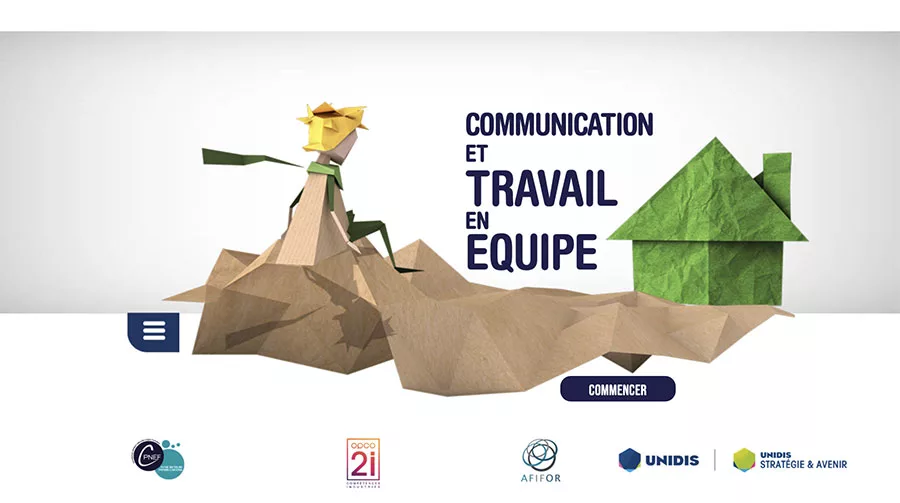A study conducted by Anne Bamford for UNESCO in 2009 in 40 countries shows that the ideal starting point for learning is when the “WOW” factor has been awakened in learners. By activating multiple senses, the aesthetic experience creates a euphoric state that is conducive to neuroplasticity. The “WOW” factor thus serves as a catalyst for learning.
Aesthetic beauty: a catalyst for learning.
As aesthetics or as a pleasant experience, whether visual, auditory, or sensory, beauty facilitates learning. Attractive and aesthetically pleasing environments or materials generate more interest and motivation in learners, who engage more spontaneously in the learning process.
When something is beautiful or visually appealing, our attention is more easily captured. We are then more likely to focus on the content being presented and absorb the information. A study conducted by Bar and Neta (2006) demonstrated that visually pleasing stimuli were processed more quickly and efficiently than less aesthetically pleasing stimuli. This study suggests that beauty could facilitate information processing and enhance cognitive performance.
Positive emotions and memorization through beauty
Aesthetics refers to the sense of beauty and emotion. The experience of beauty provokes positive emotions, such as joy, pleasure, satisfaction, … These positive emotions facilitate the assimilation and memorization of information. By associating information with aesthetically pleasing images or designs, it is easier to remember the illustrated concepts or facts. Research in environmental psychology suggests that “enriched” environments (visually attractive and stimulating) enhance cognitive performance and learning. Thus, a study by Killeen, Evans, and Danko (2003) demonstrated that students in enriched classrooms had better performance than those in less attractive classrooms.
From a more pragmatic point of view, “What is well conceived is clearly expressed, and the words to say it come easily,” wrote Nicolas Boileau (1636-1711). Well-designed and aesthetically pleasing elements are often better organized and clearer, which facilitates understanding and assimilation of information.
Complex concepts can be made more accessible through careful and organized presentation. Research in multimedia learning design examines how visual and auditory elements can be used to facilitate learning. For example, Sweller’s cognitive load theory suggests that aesthetically pleasing and well-organized presentation of information can reduce cognitive load, thereby improving understanding and retention.
Aestheticism for success and engagement
Finally, everyone will recognize that a pleasant learning environment or learning material helps reduce stress and anxiety when faced with a “mountain” of information. Learners naturally feel more comfortable in a calming and aesthetically pleasing environment.
Beauty is, of course, a subjective notion, and what is considered beautiful can vary from person to person. However, in general, the integration of aesthetic and appealing elements in learning promotes engagement, motivation, and the success of learners.
At Audace, we believe that beauty is the minimum we owe to the learner. To achieve this, Audace puts its talents at the service of your talents. Each project receives dedicated attention: an Art Director is assigned to the design of your solution’s interface. According to your preferences, the interface design is aligned with your brand’s graphic charter, your academy’s style, or tailored to fit the storytelling of the learning experience. Our 2D or 3D digital artists then enhance your content, bringing it to life and adding visual richness to support your message. Trained in the top schools such as Rubika and Pôle 3D, our digital artists bring that extra touch of soul to your training programs, making a difference in the overall experience.

